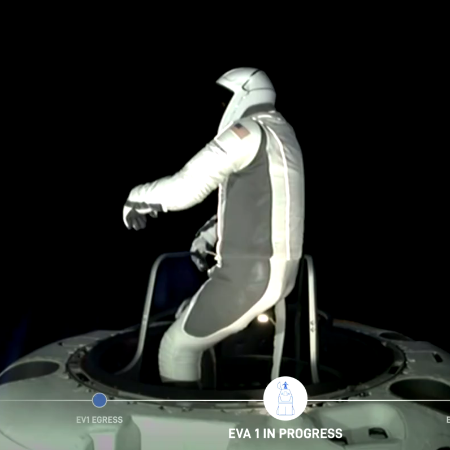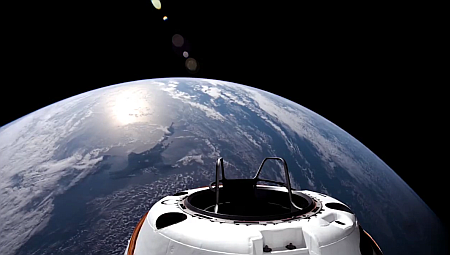SpaceX launches two more Galileo GPS-type satellites for Europe
SpaceX this afternoon successfully launched two Galileo GPS-type satellites for Europe, its Falcon 9 rocket lifting off from Cape Canaveral.
The first stage completed its 22nd flight, landing on a drone ship in the Atlantic. The fairings flew their for their 3rd and 8th times respectively. The launch was the second launch by SpaceX for Europe’s Galileo constellation. The European Commission was forced to award this multi-launch contract to SpaceX because Europe’s Ariane-6 rocket was four years behind schedule and not available when needed.
The leaders in the 2024 launch race:
92 SpaceX
38 China
11 Russia
10 Rocket Lab
American private enterprise now leads the rest of the world combined in successful launches 107 to 60, while SpaceX by itself still leads the entire world, including American companies, 92 to 75.
SpaceX this afternoon successfully launched two Galileo GPS-type satellites for Europe, its Falcon 9 rocket lifting off from Cape Canaveral.
The first stage completed its 22nd flight, landing on a drone ship in the Atlantic. The fairings flew their for their 3rd and 8th times respectively. The launch was the second launch by SpaceX for Europe’s Galileo constellation. The European Commission was forced to award this multi-launch contract to SpaceX because Europe’s Ariane-6 rocket was four years behind schedule and not available when needed.
The leaders in the 2024 launch race:
92 SpaceX
38 China
11 Russia
10 Rocket Lab
American private enterprise now leads the rest of the world combined in successful launches 107 to 60, while SpaceX by itself still leads the entire world, including American companies, 92 to 75.













